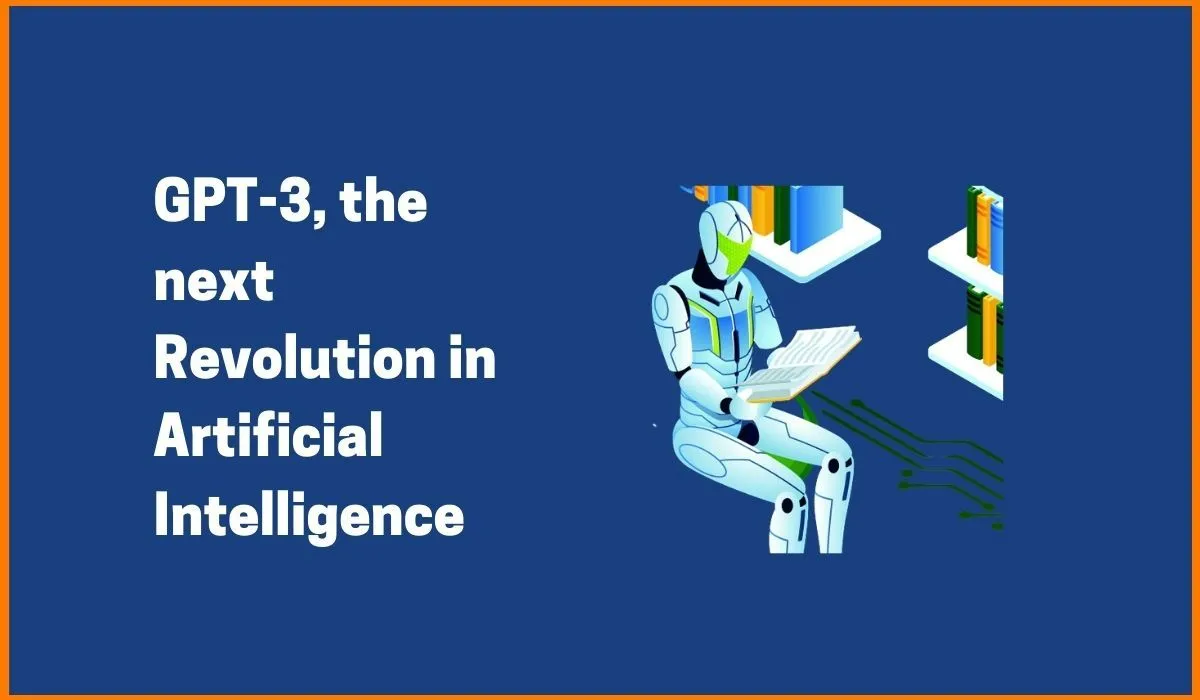
Artificial Intelligence systems also learn and evolve continuously just like humans. Language processing is one of the major offshoots of AI. A wide variety of methods, such as machine and deep learning, can be used to predict, recreate, and mimic human speech.
The GPT-3 is an autoregressive language model developed by OpenAI in San Francisco, one of a kind. The datasets come from sources such as Common Crawl, Books1, Books2, WebText 2 and Wikipedia. They are used to analyze human and computer language models effectively. Furthermore, they reduce the need for more datasets. Apart from being able to code languages such as Python, it can also read raw data and convert it into sensible text.
With this technology, human text can be mimicked to the point where it is impossible to distinguish it from content created by humans. Moreover, it is highly efficient for generating content on difficult topics. Considering their potential to spread misinformation, such features draw interest as well as concern.
GPT-3 is a third-generation model that improves on GPT-2 & 1 which produced a large amount of harmful language. Additionally, it is the only one that can learn from custom datasets. Several companies have used this technology to improve task accuracy while minimizing errors. This ability to customise GPT-3 is called few-shot learning or prompt design. In cases where specific linguistic structures must be used by clients and businesses, this has been a boon. A few examples of companies that use customised GPT-3 are Keeper Tax, Viable, Sana Labs and Elicit.
For example, Viable uses GPT-3 to convert unstructured data live reviews, comments and other feedback to readable reports to improve their product experience
In Keeper Tax, it extracts text and classifies transitions from linked financial accounts. This helps customers identify potential tax filing errors and also lets them file taxes directly.
It helps Sana labs personalise users' learning experiences by integrating with machine learning technologies in their content development process. This helped create custom replies for each user compared to general responses.
Elicit, an AI research tool uses GPT-3 to help users answer questions on research papers by generating answers from huge pools of data. It is able to analyze questions posed and respond with claims from other academic writings and sources.
This technology is sure to change the way users experience the world. New updates over a shorter period of time will result in an ultra-intelligent AI in the near future.







